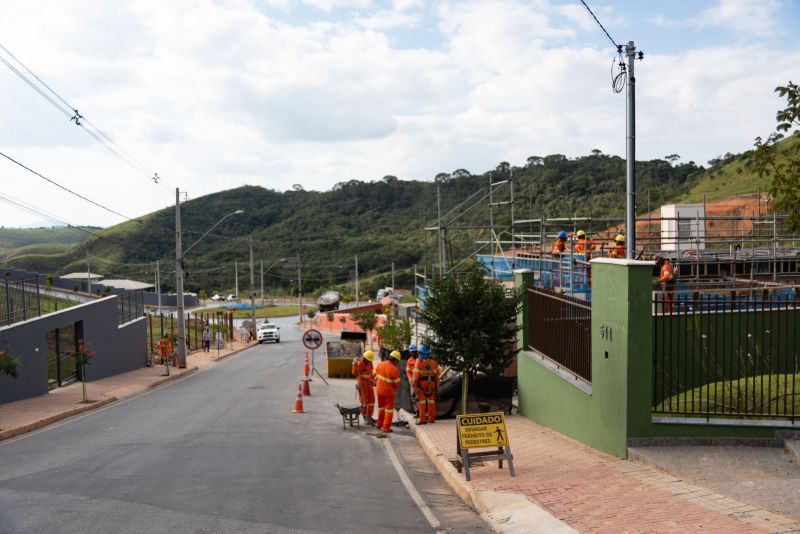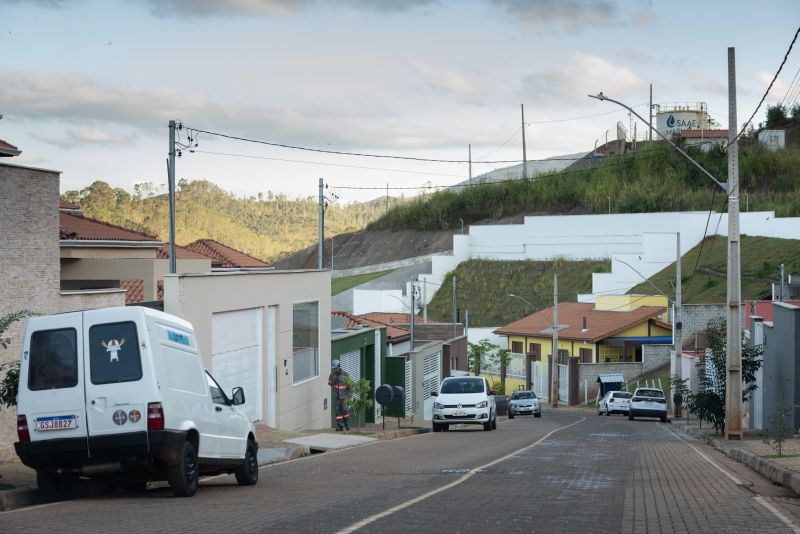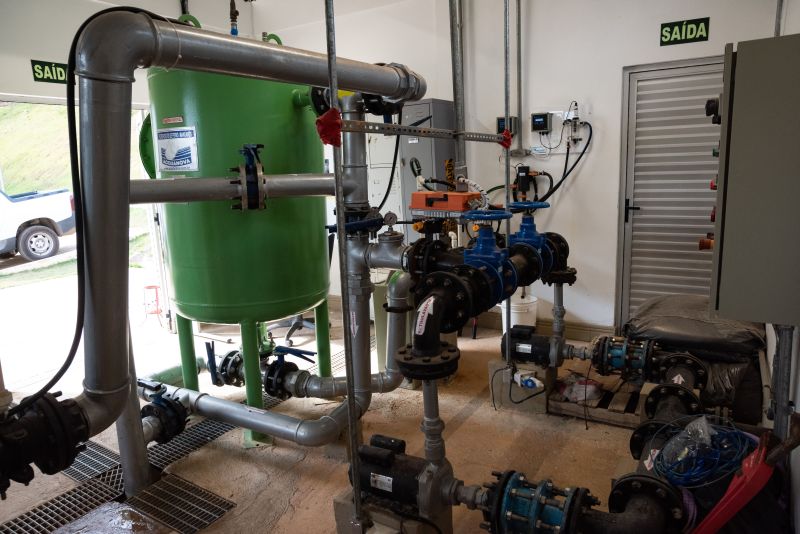On November 5, 2015, a dam in Mariana, Brazil burst, unleashing a catastrophic torrent of sludge that transformed the landscape, affected livelihoods, and reverberated through the socio-economic fabric of the region. This disaster, one of the worst environmental tragedies in Brazilian history, was not merely an isolated incident; it has had profound and enduring repercussions on the local and national economy.
As communities grappled with the immediate destruction of homes and ecosystems, the long-term economic fallout began to unfold—affecting everything from agriculture and fishing to tourism and infrastructure. The scars of the disaster are deep, raising pressing questions about regulatory practices, corporate accountability, and the resilience of affected populations.
In the wake of this disaster, an intricate web of challenges emerged, signaling the need for a comprehensive examination of how such calamities reshape economic landscapes and influence policy decisions for generations to come.
Environmental Impact and Its Economic Implications

The Mariana Dam disaster, which released a catastrophic torrent of sludge into the environment, serves as a grim reminder of the intricate relationship between ecological health and economic stability. The immediate aftermath was devastating: rivers tainted with toxic waste jeopardized aquatic life and contaminated drinking water for thousands, plunging local communities into uncertainty.
Yet the economic ramifications extend far beyond the murky waters. As industries reliant on clean ecosystems—such as fishing and tourism—suffered irreparable damage, the ripple effect was felt throughout Brazil’s economy.
Jobs were lost, livelihoods shattered, and the costs of remediation ballooned, absorbing resources that could have fostered growth elsewhere. In the long run, the struggle to restore both environment and economy reveals an urgent truth: environmental neglect doesnt merely blur the lines between nature and industry; it carves deep fissures into the very fabric of economic resilience.
Tourism and Economic Diversification Challenges

The Mariana Dam disaster, a catastrophic event that reverberated across Brazil, presented not only an environmental crisis but also profound challenges for tourism and economic diversification in the region. Once a burgeoning tourist hotspot, the area now grapples with a tarnished reputation; pristine landscapes have been marred by pollution, deterring visitors and thus stifling local businesses reliant on tourism.
The ripple effects are glaring—restaurants, hotels, and artisan shops that thrived on the influx of tourists face an uncertain future, and communities are left scrambling to adapt. Moreover, a reliance on a single economic sector, long molded by the promise of natural beauty, now underscores the urgent need for diversified economic strategies.
Planners and politicians are confronted with the daunting task of reimagining economic opportunities, seeking to foster innovation while simultaneously restoring ecological health. The intertwined fate of tourism and local economies hangs in the balance, demanding creative solutions to bring vibrancy back to these ravaged landscapes.
Strategies for Preventing Similar Disasters with Technology in the Future

To mitigate the risk of future disasters akin to the Mariana Dam collapse, implementing robust technology solutions is paramount. First and foremost, the integration of advanced monitoring systems—equipped with real-time data analytics—can play a crucial role in detecting structural weaknesses and potential failures before they manifest into catastrophic events.
Regular maintenance, paired with drone inspections, enhances safety protocols by identifying issues that may evade traditional oversight. Additionally, embracing artificial intelligence can revolutionize risk assessment, allowing for predictive modeling that simulates various stress scenarios on infrastructure.
This proactive approach should be complemented by stringent regulatory frameworks that enforce compliance and transparency among industry players. Education and community engagement are equally vital; fostering a culture of safety and accountability can empower local stakeholders to advocate for responsible development practices.
By weaving together technology, regulation, and community involvement, Brazil can not only avert the devastation witnessed in Mariana but also pave the way for resilient and sustainable resource management in the future.
Conclusion
In conclusion, the Mariana Dam disaster, particularly the failure of the Barragem de Fundão, has left an indelible mark on Brazils economy, illustrating the profound and lasting consequences of environmental negligence. The immediate financial ramifications were severe, but the long-term impacts are even more complex, intertwining with social, ecological, and economic dimensions.
Recovery efforts have been hampered by legal disputes, loss of livelihoods, and environmental degradation, making it imperative for Brazilian authorities to adopt more rigorous regulatory frameworks and disaster management practices. As Brazil navigates the path toward recovery, it is crucial that lessons learned from this tragedy guide future infrastructure developments to prevent similar disasters.
Ultimately, the Mariana incident serves as a poignant reminder of the interconnectedness of industry and environment, highlighting the urgent need for sustainable practices to ensure economic resilience and protection of natural resources for generations to come.


